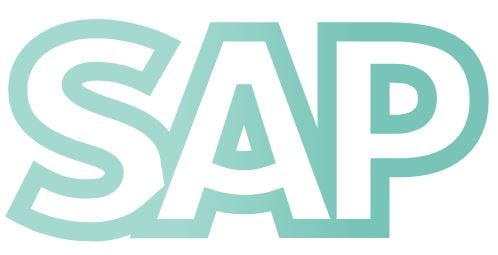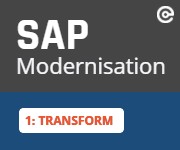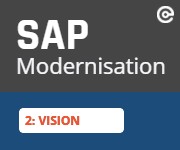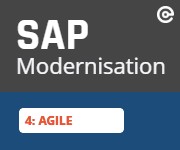In the last blog, we looked at ways to reinforce your transformation vision to maintain momentum and increase your chances of realising a more successful modernisation strategy.
Modernisation strategies are complex by nature with so many integrated moving parts to consider. Managing elements such as technical debt, and existing processes which have evolved over many years can be a challenge, but that doesn’t mean we should ignore the need to continually modernise and use this focus to move your business forward. Barriers to change can come in many forms, from people to culture to process, and these elements need to be managed carefully to ensure they do not delay, distract, derail or deflect (the 4 Don’ts).
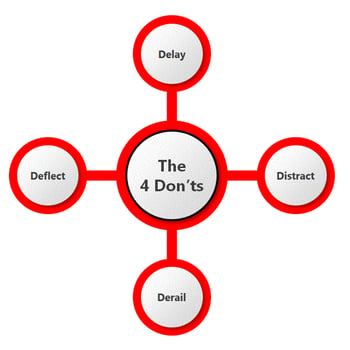
Blockers happen: If you are changing the way a business thinks, delivers and evolves, it is inevitable there will be blockers and preventing them is not always possible – It is how you deal with them effectively to maintain the momentum that will make the difference. Swift discussion, resolution and decision making is required to manage any barriers before they start manifesting. Categorising blockers to help in both identification as well as resolution, can help.
Focus on triage, not prevention: All too often, delays and an inability to navigate through it quickly to remove blockers can constrain modernisation success. Blockers can emerge from any number of issues or points in a modernisation plan. They can be a process, technology, organisational, customer or people related in their root cause. Here we look into how best to manage these for improved modernisation success. The first observation to make is blocker prevention is not an efficient use of energy or focus. Instead, focus your energy on the triage and the plan to resolve or workaround.
Triage: When we think of Agile delivery and managing blockers, regardless of shape or size, we often approach this by tracking, streamlining, automating and discussing these through daily standups or scrums, working through how to manage, mitigate and remove them. Over time you can train yourself to recognise impending blockers and communicate or evolve ahead of these to maintain momentum.. Being realistic this is not always possible.
But do not be in denial either. What is possible is setting out the types of blockers an accelerated identification and resolution focus would impact most. We typically categorise blockers as:
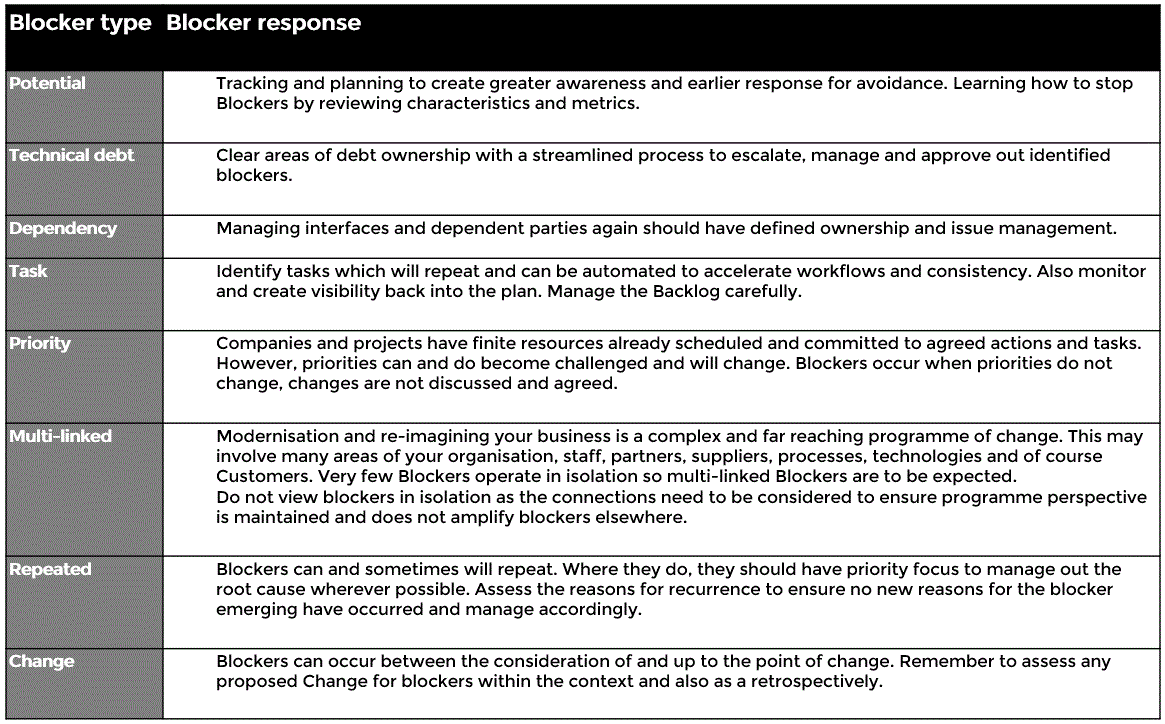
The most important Blocker: blockers can be distractions and problems and absorb energy and constrain momentum (and in turn success). Anything that distracts or reduces momentum becomes an important blocker. However, more importantly, the blockers to look out for are denial and indecision. When distractions and or problems are identified or highlighted, pivoting away or even ignoring them can be considered a response and denial or indecision around an issue will invariably result in a blocker emerging. Don’t let denial or indecision slow modernisation down or worst still stop a programme of change. Denial and/or indecision can act like a brake, with friction building over time unless you verify an issue has been addressed.
Repeat Offenders
: Some project blockers will reappear and become repeat offenders. Technical debt and Change-related blockers are most frequently associated with the repeat offender title. It is crucial that where you note repeat offenders, additional focus is applied to identify the root cause and resolve these quickly. If a blocker reoccurs, it should not be parked, dismissed or ignored. Inaction on a repeat offender is a red flag. It will repeat and this absorbs crucial time and energy and reduces success.
Mindset: SAP modernisation programmes are typically a minimum of 6 months in duration. A technique to reduce success constraints is critical in mindset preparation. In any lengthy journey, where there will be unknowns and challenges along the way which need to be overcome. Starting with the end goal in mind and accepting this journey will result in how outcomes are achieved today being different in the future is fundamental. To maximise success, any SAP modernisation is best supported by a new Operating Model.
Above All: Be accountable and ensure others are accountable through clear management. If we manage modernisation programmes as business change and use proven change management methodologies such as Plan – Act – Do – Review we can mitigate the Don’t whilst ensuring the team as well, as individuals remain accountable.
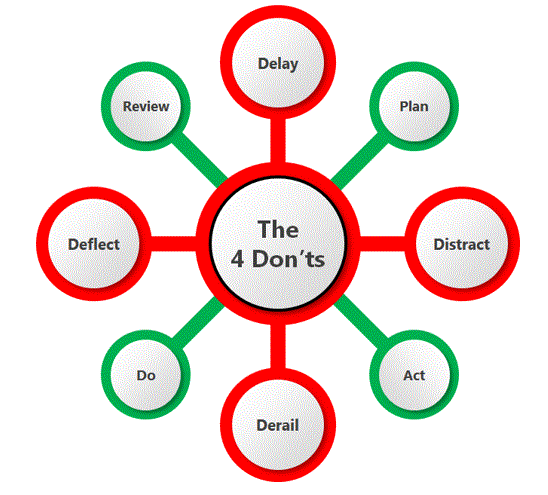
Most SAP modernisation and transformation programmes experience a multitude of blockers. Reaching or waiting for any level of complete approval through these programmes can also be another area where success can be constrained. In the next blog in this series, we explore this in relation to maintaining programme momentum and accountability whilst maintaining quality. Stay Safe.
Matt Lovell, CEO

Read more from this series:
